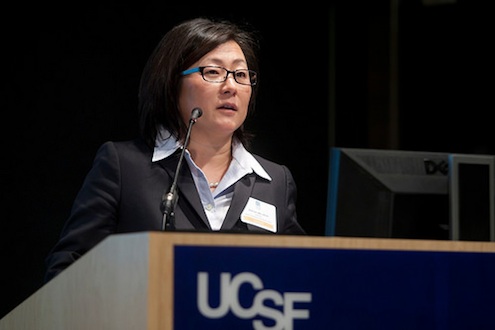
Excerpted from SciBX, March 27, 2014 | Volume 7, Number 12
By C. Simone Fishburn, Senior Editor
Efforts of university technology transfer offices to find the optimal path for commercializing discoveries have been well documented, but the offices are not set up to implement translational research directly. Indeed, a growing number of universities are creating translational programs that operate beyond the usual technology transfer track and aim to teach faculty how to advance the discoveries themselves.
Catalyst Awards projects have led to several startups and licensing deals, and other projects have received follow-on funding.June Lee, MD, FAACP
In all cases, the biggest challenge is bridging the different mindsets of industry and academia. Those differences include structuring experiments to answer questions related to product concepts rather than to investigate therapeutic concepts in a more open-ended manner and working in teams that have predefined project goals rather than doing more exploratory research.
It should come as little surprise that many of the programs have been installed by universities with translational track records that are above average. These include Stanford University’s SPARK program, the University of California, San Francisco Catalyst Awards program and the Icahn School of Medicine at Mount Sinai’s 4D Technology Development program.
The programs vary in size and scope but have the common thread of training academics in how to think about their discoveries in the context of a competitive landscape rather than in a strictly scholarly context. Key elements include defining the unmet need, evaluating the value of an idea versus currently available therapies and investigating the competition.
Read more at Nature's SciBX (Science-Business eXchange) - Subscription or payment required
